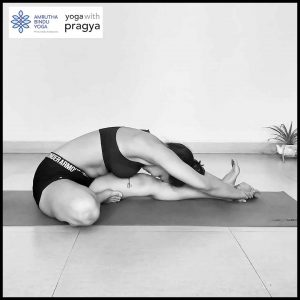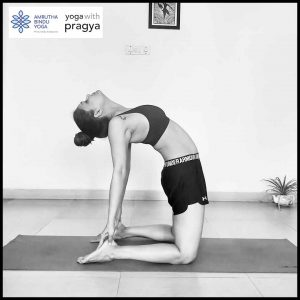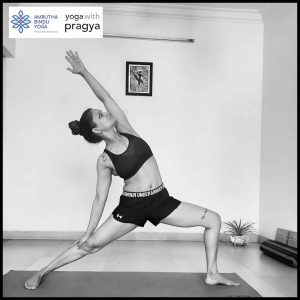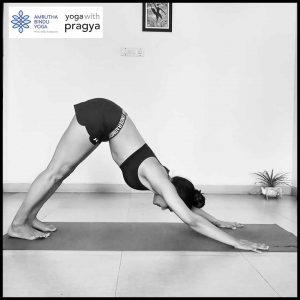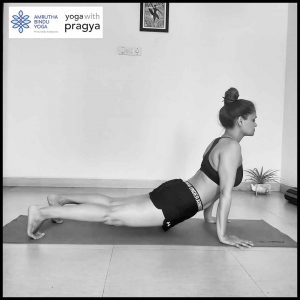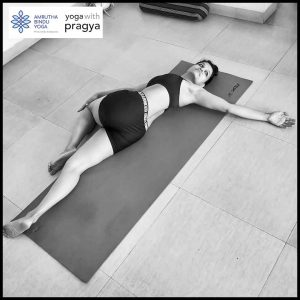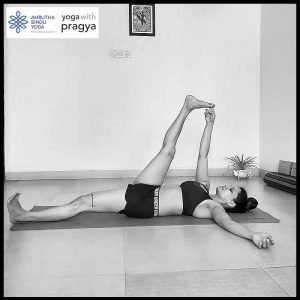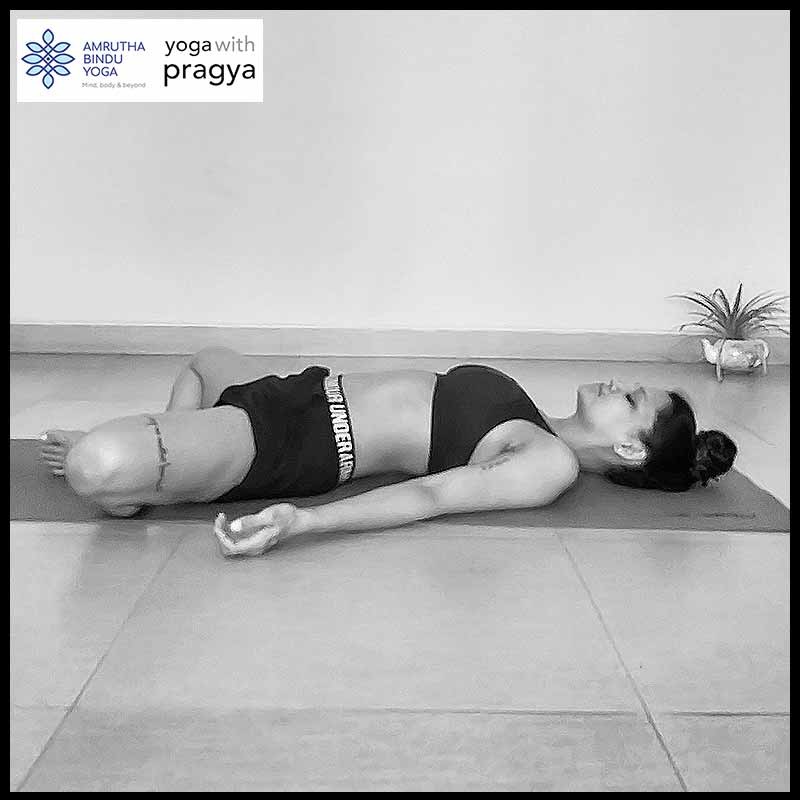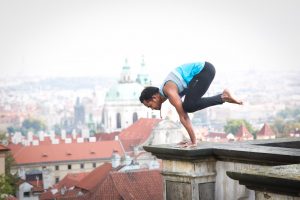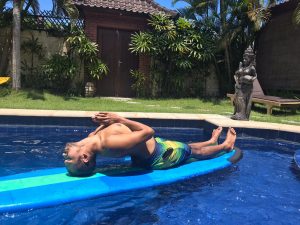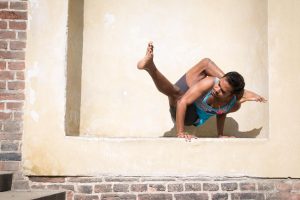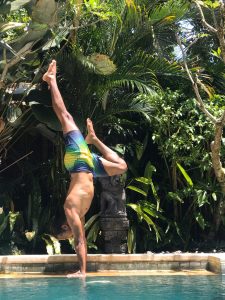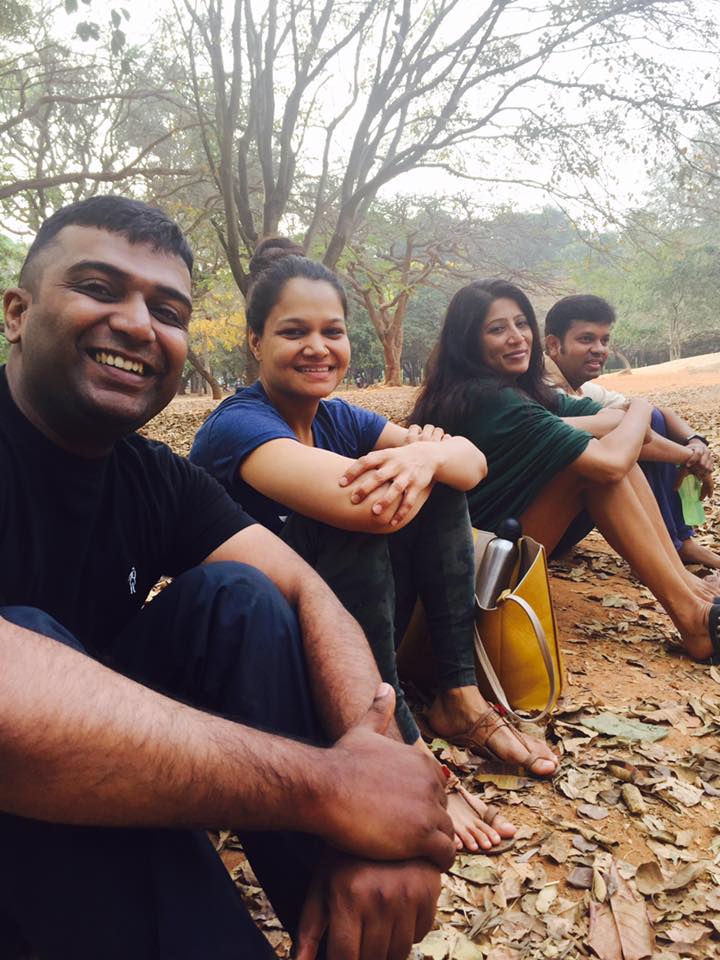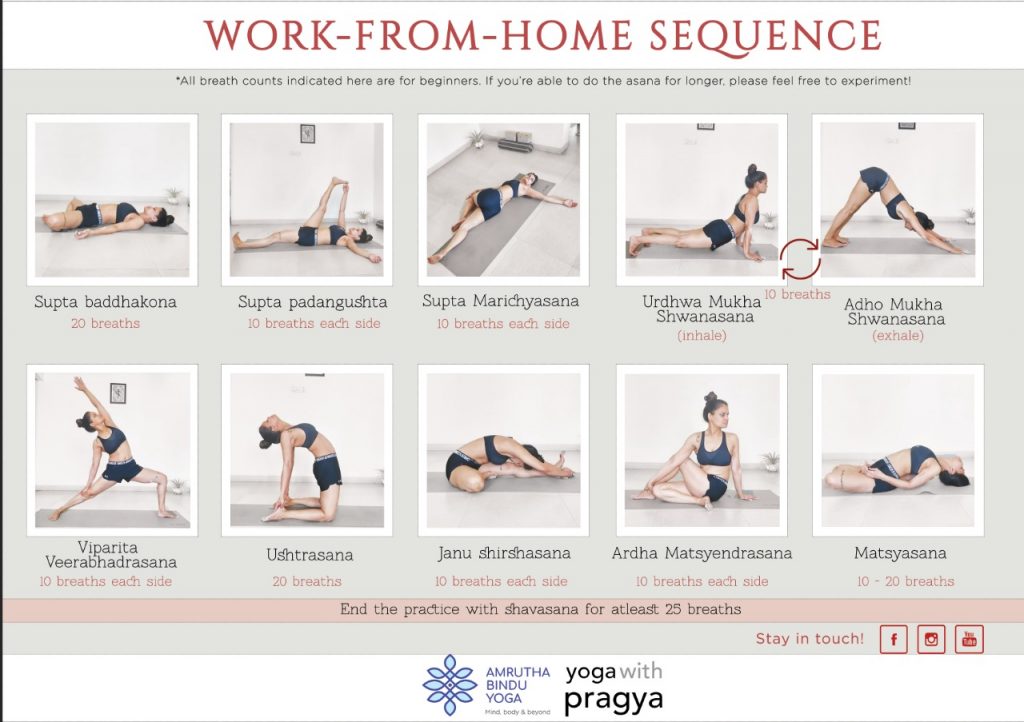
They say “sitting-is-the-new-smoking”, and we’ve been doing a lot of that recently. In the last two months, our imposed lifestyle has started to take a toll on us. Our social isolation, and inability to go out and do things that keep us healthy and active further compound the problem.
And while intense-work load and stress seems like the main culprit when it comes to health and well-being, there’s another danger that often goes unnoticed: Sitting.
Sitting for hours can contribute to tightness in the hips and legs, in addition to neck, shoulder and back pain and discomfort. Camping out all day on a sofa or a bed, can also create an unhealthy posture in which the back and shoulders hunch down and the neck protrudes forward. The main casualty though is the blood circulation, which leaves aches, pains and disorientation in its wake.
Yoga can be an effective antidote to many of these work-from-home woes. Asanas work entirely on the hips, shoulders and spine – effectively releasing tension and tightness causing by faulty movement patterns. What’s more, yoga is a mind-body practice, which enables us to tap into the calmness between the mental chatter, helping us gain perspective.
I’m doing this challenge in collaboration with Medha Bhaskar from Amrutha Bindu Yoga. Our last challenge was a huge success and we decided to make this one bigger and better. This time we’ve curated a “Work-from-Home” Yoga sequence that will help to loosen your joints, free your back and minimize your discomfort throughout the day, making it easier for you to focus on work. This sequence, in particular, works entirely on keeping your spine supple and ready and your mind, sharp.
This sequence is also for anyone and everyone who wants to adopt yoga into their daily routine. For beginners, we’ve put together a series of resources: blogs, videos and a printable version of the sequence that they can look at and practice. These resources describe how to do each asana and has many alignment cues, teacher tips and other fun titbits about the asanas. We welcome you to take a look, and follow along as you practice.
Daily practice is challenging, sometimes even for yoga teachers. In order to promote the habit of yoga practice, we have a downloadable practice tracker that you can use for the month of May. In this document, you will also find some post-practice reflection questions, in order to make the practice more mindful.
The fun part about this sequence is that it is a month-long Yoga Challenge. Practice every day and share your trackers with us on social media at the end of the month. If you complete the challenge, we will send you a recording of yoga-nidra that you can use to further your practice.
PRACTICE TRACKER
You can print out the practice sequence+tracker, if you prefer to see and do the asanas, and place it where you’re likely to see it, be it your practice space, your dresser, your bathroom mirror, in front of your desk etc. It’s a reminder to you that all of us need a little help with our yoga practice.
Over the next few blogs, we’re going to be discussing each asana of the Work from Home sequence at length, giving you new insight into them.
You can download the practice tracker here. [ddownload id=”8554″]
And the yoga sequence here. [ddownload id=”8549″]
Please reach out to Medha or me with your queries and we will help! We’re incredibly excited about this sequence and hope it really makes a difference to your work-days.
